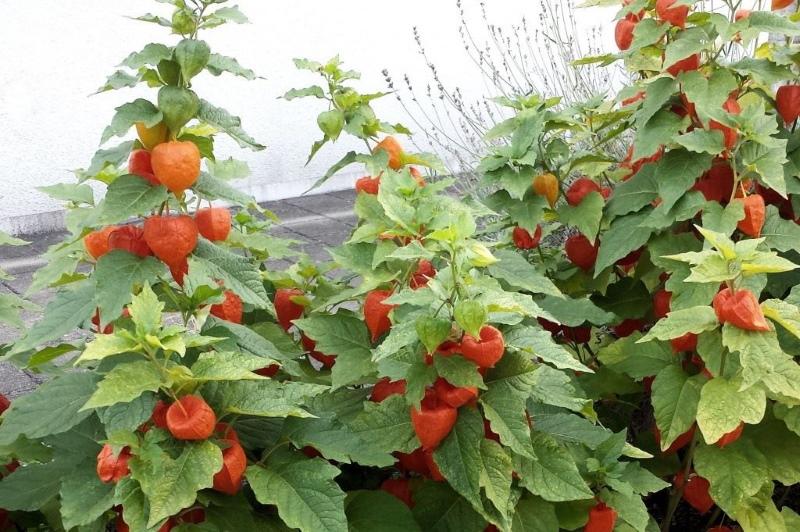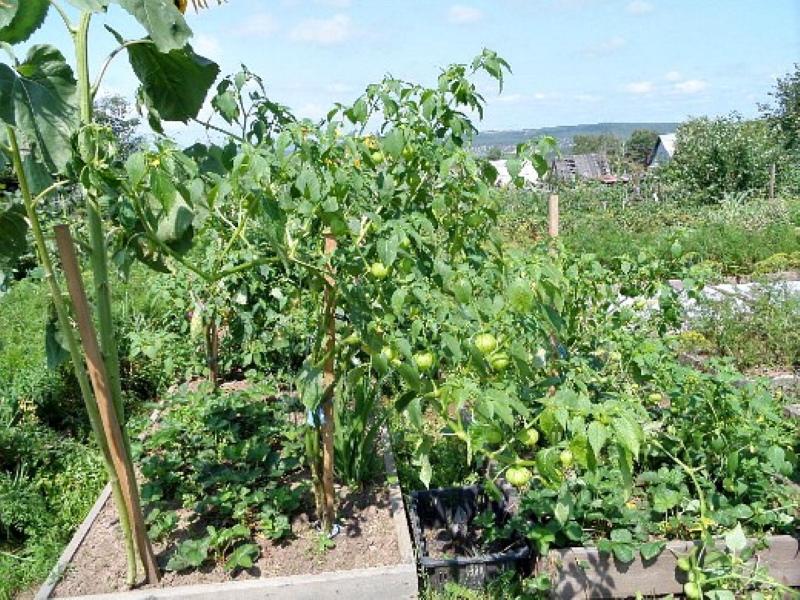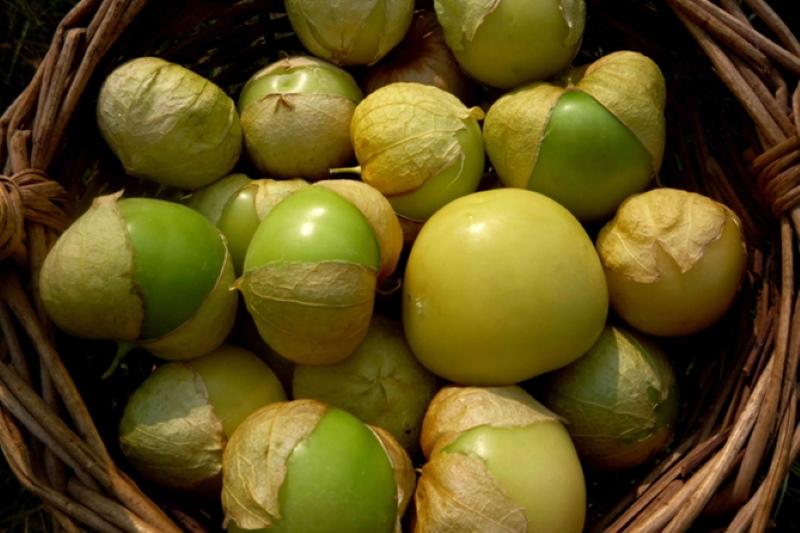You urgently need a Mexican tomato - vegetable physalis, growing and care, photo
 It is called the Peruvian cherry and Mexican tomato, but if nothing connects plants with cherries, then tomatoes are the closest relatives. Both they and physalis belong to the nightshade family, although this culture is not often found in our area. And it is completely in vain, because vegetable physalis, cultivation and care (photo will be in the article) for which they are similar to nightshade crops is a very tasty and original vegetable. Most often it is used for processing: pickled, salted, prepare first and second courses and even desserts. Although fresh fruits are very tasty, sweet and sour. The cultivation of this culture is also facilitated by its excellent characteristics. Physalis, unlike many nightshades, is rarely more late blight. It is more drought tolerant and can tolerate even light frosts.
It is called the Peruvian cherry and Mexican tomato, but if nothing connects plants with cherries, then tomatoes are the closest relatives. Both they and physalis belong to the nightshade family, although this culture is not often found in our area. And it is completely in vain, because vegetable physalis, cultivation and care (photo will be in the article) for which they are similar to nightshade crops is a very tasty and original vegetable. Most often it is used for processing: pickled, salted, prepare first and second courses and even desserts. Although fresh fruits are very tasty, sweet and sour. The cultivation of this culture is also facilitated by its excellent characteristics. Physalis, unlike many nightshades, is rarely more late blight. It is more drought tolerant and can tolerate even light frosts.
There are two types of physalis and only one of them, decorative, is a perennial. The second variety, food physalis, is most often represented by annual plants - vegetable physalis and strawberry... They differ in size and berry flavor. In the first, the fruits are larger, but with sourness, in the second, they are small and sweet.
Physalis vegetable - growing and care, photo


Physalis vegetable grows well in the open field, moreover, it is not demanding. Any soil is suitable for the plant, except acidic.
Planting methods
There are two ways to plant a crop:
- sowing seeds for seedlings at the same time as tomatoes (in early March);

- immediately planting them in open ground after the frost has passed.

The seedling method gives one significant advantage - it speeds up fruiting by a couple of weeks. In addition, such plants are stronger. It is advisable to sow each seed at once in a separate container. Then, when transplanting, there is less risk of damaging the root system.
How to care for physalis in the beds
 Caring for growing plants is similar to growing tomatoes. But there is one positive factor - physalis almost never gets sick, especially diseases characteristic of nightshades. And also, unlike a tomato, it does not need to be pinned.
Caring for growing plants is similar to growing tomatoes. But there is one positive factor - physalis almost never gets sick, especially diseases characteristic of nightshades. And also, unlike a tomato, it does not need to be pinned.
Otherwise, the events are no different:
- The bushes need to be watered regularly.
- It is advisable to huddle, especially if the area is wet.
- Weed.
- Feed twice a month, alternating organic and mineral complexes.
Tall varieties must be tied up so that the shoots do not break. A simple pinching of the top in the month of September will help speed up the ripening.